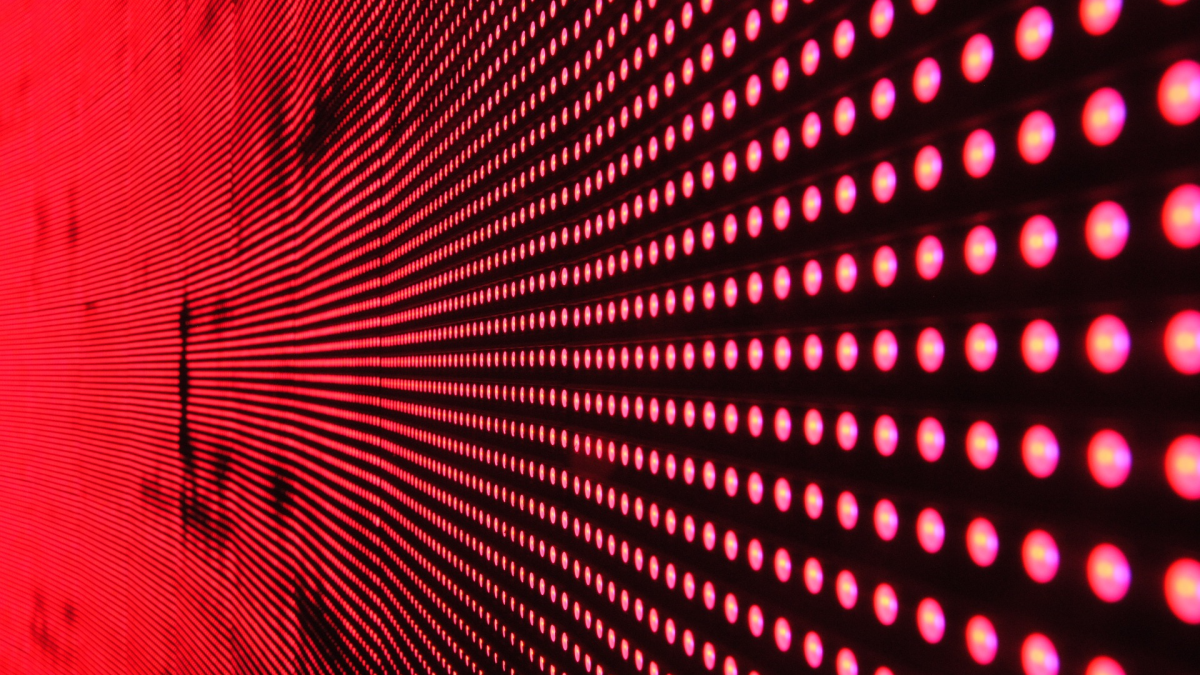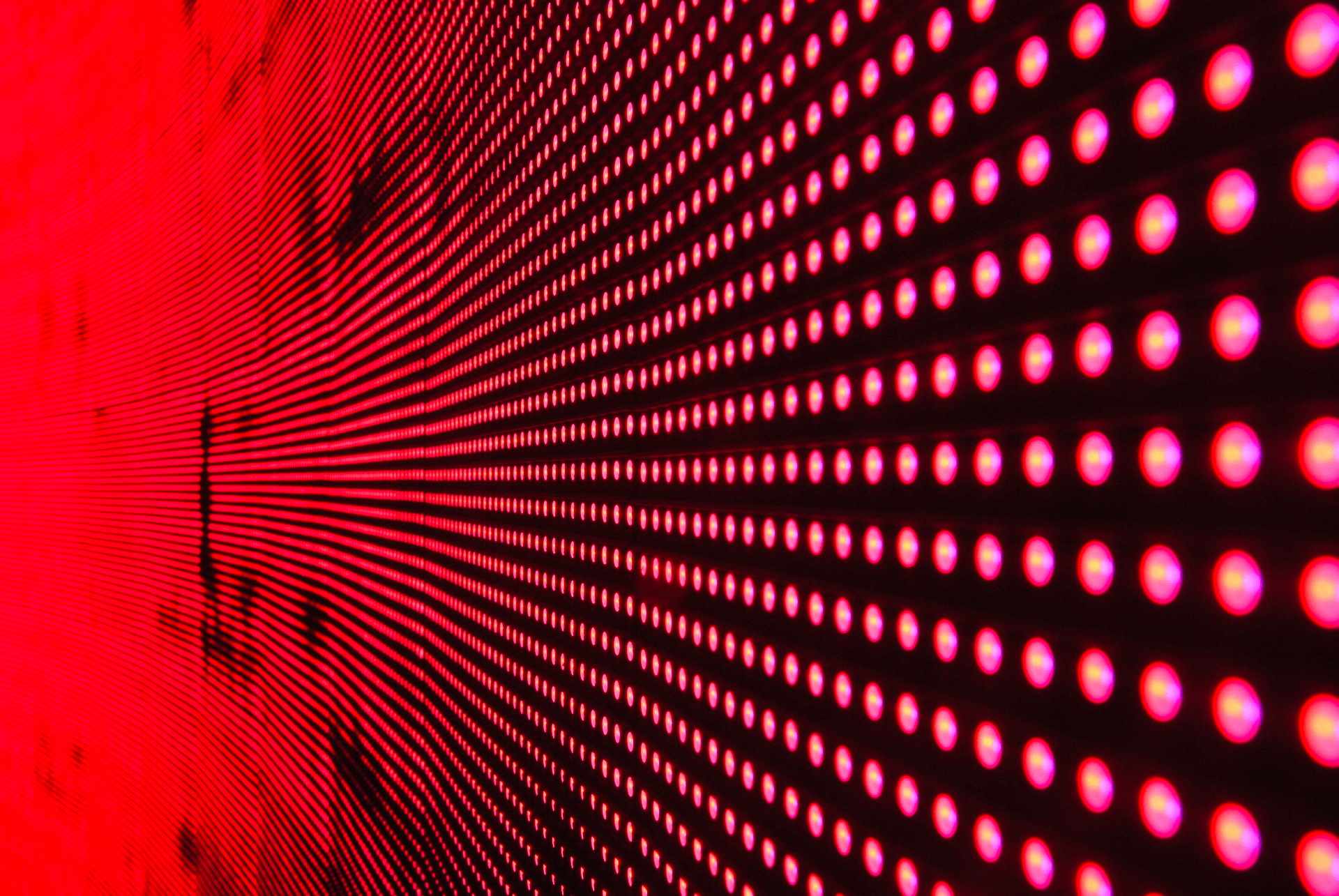
In a world increasingly conscious of carbon footprints, climate change and resource conservation, the importance of energy-efficient technologies is more prominent than ever. One of the unsung heroes in the fight against excessive energy consumption is LED (Light Emitting Diode) technology. Despite their small size, high efficiency of LED lights is making monumental strides in reducing global energy demands, providing substantial cost savings, and promoting a sustainable environment. This article delves into the mechanics, benefits, and global impact of LEDs, highlighting how they are reshaping not only the lighting industry but our world’s energy consumption patterns.
Light Emitting Diode Technology
LEDs operate distinctly from traditional light bulbs and fluorescent lights. While old-school light bulbs produce light through heat (either by heating a filament until it glows or by igniting a gas), LEDs generate visible light through electroluminescence. When voltage is applied, electrons recombine with electron holes within the device, releasing energy in the form of photons. This process significantly minimizes energy loss through heat, making LEDs a highly efficient incandescent lights alternative. In other words, the luminous efficacy and power consumption of typical LED light source (for example strip lights) are only a fraction of those of an incandescent bulb.
The Rise of LEDs – Historical Context
The journey of LED lighting began in the early 1960s with the invention of the first visible-spectrum light emitting diodes. It was initially used in electronic appliances as indicator lights because, at first, they were only monochromatic, predominantly producing green light. It wasn’t until later that blue LEDs were developed, paving the way for the eventual creation of white light sources using LEDs.
The technology rapidly evolved, leading to LEDs capable of emitting brighter and more varied light suitable for general illumination purposes. As the advancements continued, LEDs started to be employed in task lighting, outdoor area lighting and general lighting. By the early 21st century, as the world started grappling with climate change realities, LEDs emerged as a potent solution, revolutionizing the concept of energy efficiency in lighting.
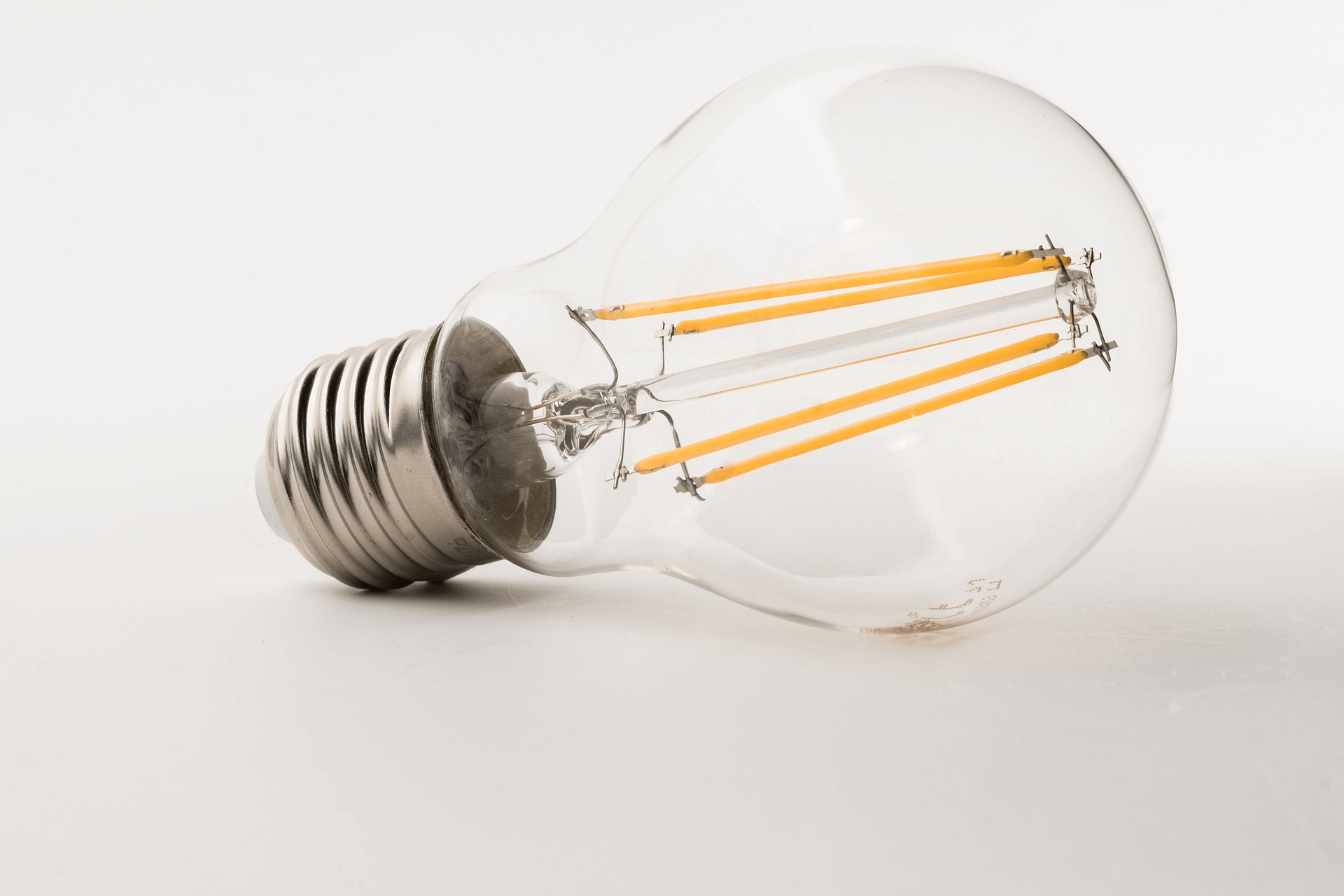
Economic and Environmental Benefits of LED Lighting
The advent of LED technology marks a significant turning point that transcends the boundaries of technological advancement, reflecting broader socio-economic and environmental impacts. This profound change is not just about how we light our homes or cities, but it also touches upon how societies conserve energy, how economies are redirecting their resources, and how we, as a global community, are taking steps towards environmental sustainability. Below, we explore the multifaceted ripple effects of the LED revolution:
1. Energy Efficiency
Traditional incandescent bulbs waste 90% of their energy as heat, with only a fraction used to emit light. LEDs have dramatically reversed these statistics, using only 20-25% of the energy consumed by incandescent bulbs to provide the same amount of light output. This efficiency is a game-changer in reducing energy consumption globally.
2. Cost Savings
Though LEDs have a higher upfront cost compared to conventional lighting options, their efficiency and longevity translate into significant savings in the long term. Consumers can recover the initial investment through lower electricity bills, with LEDs using a fraction of the power needed by traditional bulbs. Also, with lifespans of up to 25,000 hours or more, the cost of replacement and maintenance drops substantially.
3. Environmental Preservation
LEDs contribute to environmental sustainability in several ways. Lower energy consumption means reduced demand from power plants, decreasing greenhouse gas emissions. Moreover, LEDs are free of toxic elements like mercury, which is present in compact fluorescent lamps (CFLs). Their longer operational life (compared to traditional light bulb) also implies reduced production, minimizing resource usage and waste.
4. Urban Development and Smart Cities
LEDs are foundational in the development of “smart” urban areas, with many countries taking the lead. In Europe, the LED lights Ireland program stands out as a prime example of integrating these luminaires into urban infrastructure. Transitioning to such efficient lighting has allowed municipalities worldwide to save millions, reduce carbon emissions, and counteract light pollution. Furthermore, when combined with sensors and IoT technology, these LED systems can adapt to various urban demands, enhancing public safety, streamlining traffic management, and promoting energy conservation.
5. Commercial and Industrial Implications
For businesses and industries, the switch to LED technology means not only reduced overhead costs but also compliance with global energy-efficient protocols, positioning these entities as environmentally responsible. In sectors like retail, hospitality, and entertainment, LED lighting has added an aesthetic dimension, offering customizable experiences and reducing energy costs without compromising on ambiance.
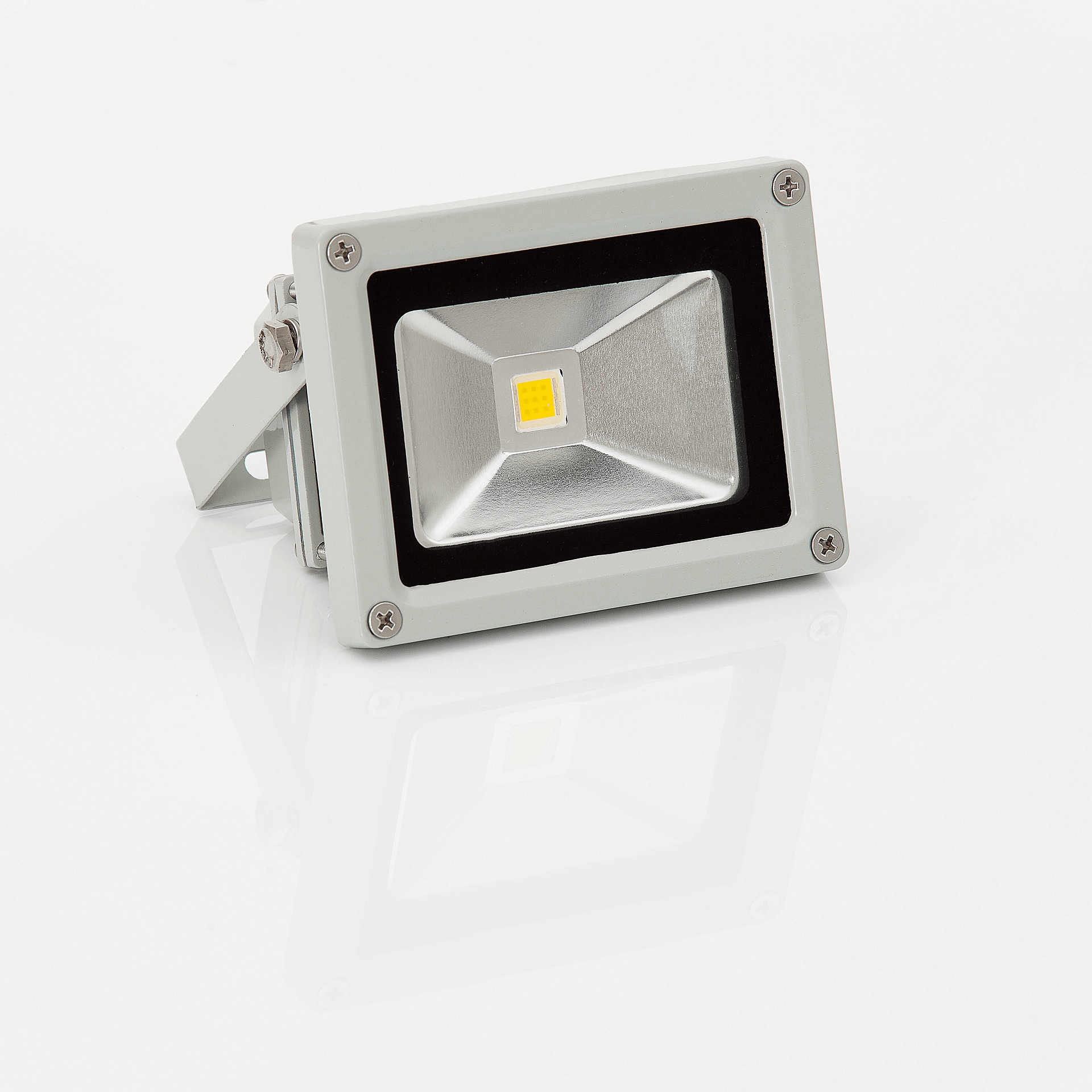
A Global Perspective of LED lights
The global shift towards LED lighting is part of a larger movement to meet the targets set by international agreements, such as the Paris Agreement. Countries are actively promoting LEDs through various strategies:
1. Legislative Measures
Governments worldwide are implementing measures to phase out inefficient lighting. For instance, the European Union has issued regulations to stop the production and import of incandescent light bulbs, encouraging consumers and businesses to adopt energy-efficient LED lights.
2. Financial Incentives
Subsidies, rebates, and tax exemptions for energy-efficient appliances have made LEDs an attractive option for consumers. These financial incentives, often part of a country’s energy conservation strategy, make the initial investment in LEDs more accessible to a broader demographic.
3. Education and Advocacy
Non-governmental organizations and community groups are playing a critical role in educating the public about the benefits of LEDs. From school programs to community workshops, these advocacy efforts are increasing awareness and driving change at the grassroots level.
4. International Collaboration and Support
Developing countries, facing budgetary constraints in transitioning to energy-efficient technologies, are receiving support from international organizations. Programs funded by the World Bank and United Nations are helping these countries subsidize LEDs for their citizens, aiming to reduce global energy consumption and mitigate climate change effects.
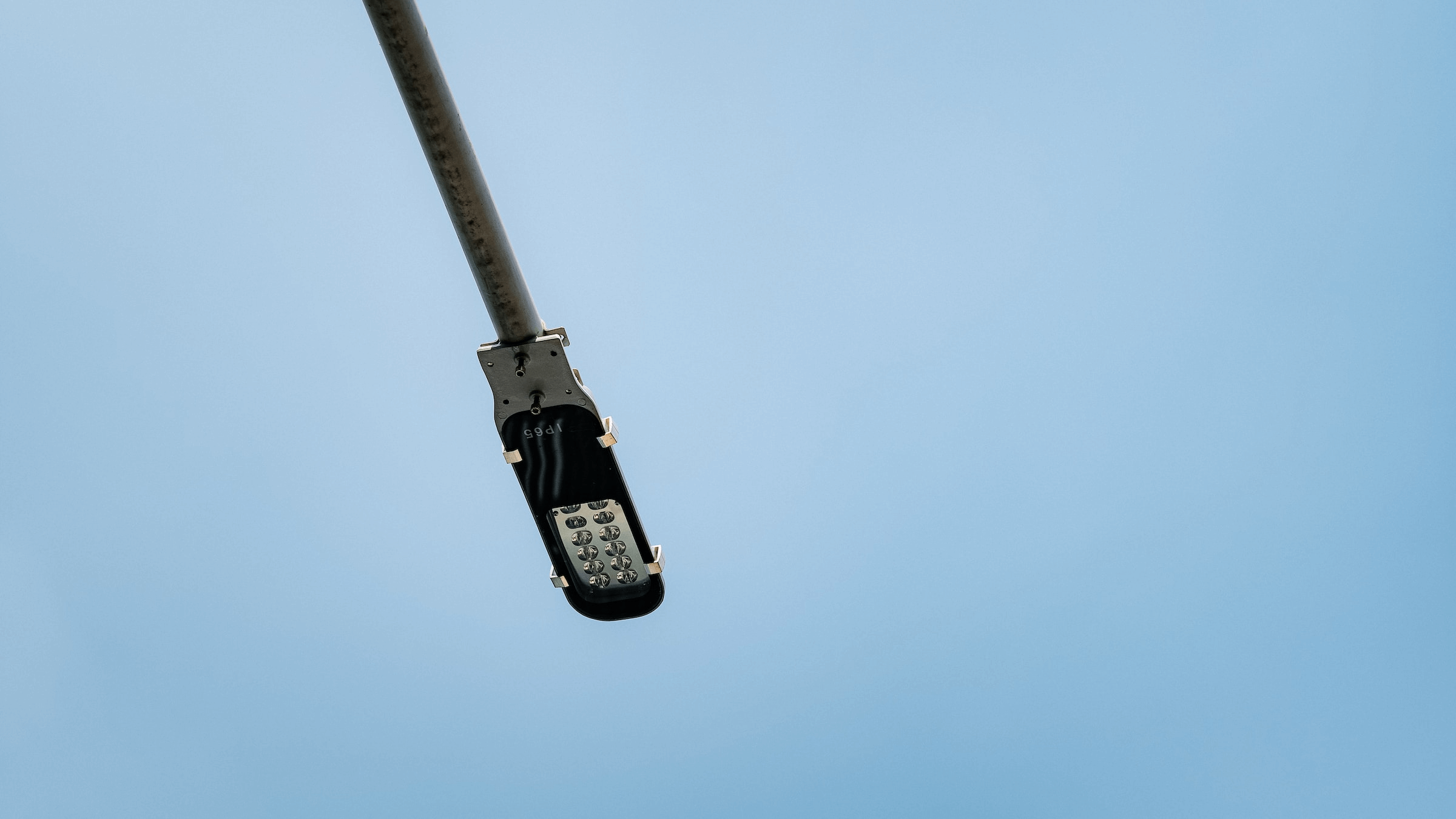
LEDs and Health Benefits
Another dimension of the LED revolution, often less emphasized but equally crucial, is its impact on health and well-being. Traditional lighting solutions, especially fluorescent lights, can produce a flicker or an uneven light spectrum, which may lead to eye strain, headaches, and even mood fluctuations. LEDs offer a more stable light source, reducing these negative effects. Moreover, the capability of LEDs to mimic natural daylight patterns (LEDs can have different colour temperatures) plays a pivotal role in regulating our circadian rhythms. As a result, LED technology can help improve sleep patterns, boost mood, and increase productivity. In healthcare facilities, the use of LEDs has been shown to reduce patient recovery times and improve overall patient comfort. From a wellness perspective, the shift from incandescent lamps to LED lighting not only saves on energy costs but also invests in the health and well-being of the global community, presenting another compelling reason for their widespread adoption.
Innovations and Future Trends
The LED technology, while already transformative, continues to evolve. The future holds even more promise with several trends and innovations on the horizon:
1. Smart Lighting
With advancements in IoT, smart LED systems are gaining popularity. These lights can be controlled remotely, change colors, and even adjust based on the time of day or weather conditions, optimizing energy use further.
2. Li-Fi Technology
An exciting development is the use of LED systems for Li-Fi (Light Fidelity), a technology that transmits data through light waves rather than radio waves, providing a faster and more secure internet connection.
3. Organic LEDs (OLEDs)
The next generation of LED technology is OLEDs, which use organic compounds to produce light. OLEDs are lighter, more flexible, and can be made transparent, opening new avenues for design and application, from bendable smartphone screens to transparent television sets.
4. Integration in Energy Systems
Future LEDs will be integrated more comprehensively into home and urban energy systems. They could work in sync with solar panels and energy management systems to optimize energy consumption in real-time, contributing to the broader grid stability and efficiency.
Conclusion
LEDs, once humble diodes, are now at the forefront of global energy efficiency and conservation strategies, significantly contributing to a more sustainable planet. Their rise reflects a broader shift in consumer behavior, global policies, and business strategies, all moving towards a greener, more responsible world.
Their impact extends beyond simple cost savings, touching on environmental, health, and societal benefits. As we look to the future, LED technology’s potential seems ever-expanding, with continuous innovations creating ripples across various industries and sectors.
In the end, the transition to LED lighting represents more than technological progress; it is a beacon of the collective commitment to safeguarding our planet for future generations. As stewards of the Earth, embracing solutions such as LED technology is not just an option; it is our responsibility. The humble LED is indeed a shining example of how innovation can illuminate the path to a sustainable future.
Thomas Bennett
Related posts
Stay connected
- How LoveOn Chat Is Becoming the Most Versatile AI Companion for Digital UsersThe internet keeps shifting toward hyper-personal interaction, and AI companions are at the center of this shift. What used to be simple chatbots are now evolving into emotionally aware, adaptive, and multi-functional digital partners. Among the new generation of platforms, LoveOn Chat is becoming one... The post How LoveOn Chat Is Becoming the Most Versatile […]

